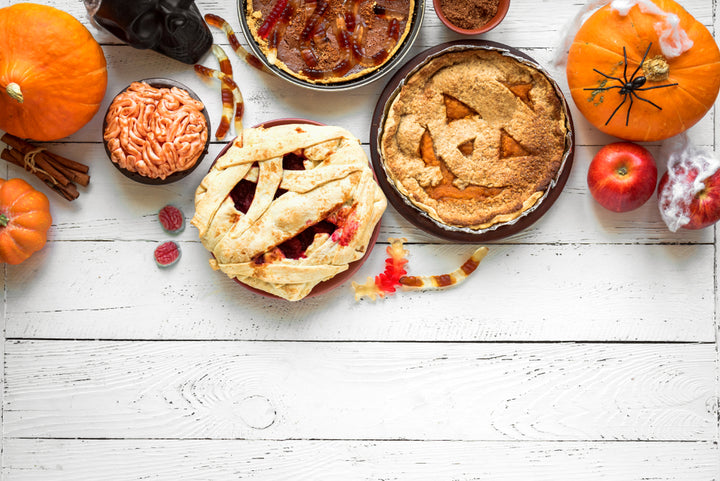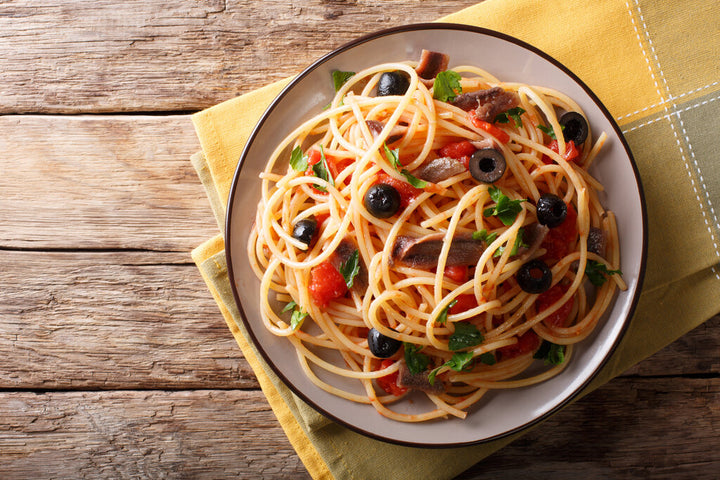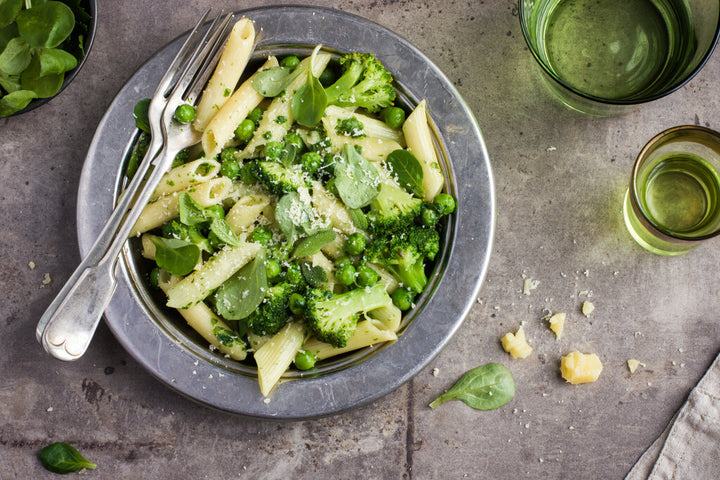If you're wondering how to make a moist cornbread that's bursting with juicy flavors in the center, but still manages to be super-crispy on the outside, then this heavenly skillet cornbread recipe will have you covered!
Learning how to make cornbread is all about getting those tricky ratios right, and we like to think that our easy cornbread recipe brings out all the goodness, with the perfect combination of cornmeal, flour, butter, and sugar. It's slightly sweet, yet undeniably savory, and all you need to is a cast iron skillet for the perfect bake!
Skillet cornbread recipe FAQ
So there you go, now you know how to make cornbread!
But while the recipe seems easy enough, you might find that you have a few problems the first time you've making cornbread from scratch. Your cast iron cornbread might be too dry, or it might not cook well in the center. Everyone likes their cornbread their a little bit different, so it always helps to experiment a little with the ratios of ingredients to get it just the way you like it.
To give you a few more pointers, we put together this short skillet cornbread recipe FAQ to answer the most common queries!
How do you know when skillet cornbread is ready?
Our skillet cornbread should take at least 20 min to bake in the oven, once the oven is adequately preheated. It could, however, take a little bit longer than this, and if you are unsure whether it's cooked, or if it doesn't look quite brown enough on the top, then you can leave it baking for up 25 min. Ideally, your cornbread needs a beautiful golden brown color on top, and it should be starting to crisp on the sides.
The best test, however, that will show if you're cornbread is ready to eat, is the toothpick test. Take a toothpick and place it directly in the middle of the cornbread. The toothpick should come out completely clean, with no batter stuck to it. If it comes out clean, then you know that the cornbread is ready to eat!
Why isn't my skillet cornbread cooking in the middle?
One of the most common problems bakers encounter when cooking up cornbread is that it just won't cook well in the middle!
There's nothing worse than pulling out a crispy cornbread that's not ready in the center. You need to get your timing right, and not remove the cornbread from the oven too early, or else it could collapse in the middle. You also need to get the right mix of binding agents, your eggs, to keep the ingredients together while they cook.
The size of your skillet is important, too, as you need high enough sides for the cornbread to bake evenly across all the surfaces and sides.
What if I don't have a skillet?
While we highly recommend cooking your cornbread in a cast iron skillet, you can also bake cornbread using many other types of baking or cooking dishes too. The real bonus that comes from using a skillet is being able to properly heat up the butter in the bottom of the pan to get that sizzling effect when you pour in the batter.
If you don't have access to a cast iron skillet, casserole dishes or any other adequately sized baking dish will do the job. Just make sure you've heated the dish up in the oven, with a nice layer of butter over the cooking surface.
Is cornbread a side dish?
Traditionally cornbread is cooked as a side dish, and it's a great accompaniment to many main dishes. It goes fantastically well with barbecues in summer, while it's always a good side for roasted meats.
Of course, cornbread always comes out for Thanksgiving, as the dish forms a wonderful part of the heritage and history of the USA.
Does my cornbread need to be sweet?
No!
Not all cornbread is sweet, and you might prefer to leave out the sugar entirely form the recipe if you prefer to make your cornbread a more savory dish.
Alternatively, if you love a sweet cake, then you can add in more sugar to the recipe too!
Can I make my own buttermilk from scratch?
One of the primary ingredients for cornbread is buttermilk, which gives the recipe that particularly traditional Southern style and taste.
Buttermilk is popular in the south of the USA because it keeps for much longer than regular milk (and it's hot in the south!). If you don't have access to buttermilk though, you can make an easy replica using vinegar and full cream milk.
Simply add one tbsp of white vinegar to one cup of full cream milk. Mix the two ingredients together and leave them on the side for 5 min or more to combine.
Can you make cornbread without milk?
Our recipe calls for buttermilk, and most other recipes for cornbread that you'll find will also call for buttermilk or some other form of milk.
If you have an intolerance to dairy products, however, then you can make skillet cornbread without using any milk.
Instead of the milk, just substitute in a cup of water to help you mix the ingredients together into a batter.
Can you make cornbread without eggs?
You'll notice, though, that while you can make milk-free cornbread rather easily, it's a little trickier to make cornbread into a vegan-friendly dish. That's because the eggs work as an essential binding component in the cast iron cornbread pans recipe, and eggs are definitely not vegan!
There are ways around it, although you need to be very creative and be prepared for a few failures to get the ratios right. Instead of the eggs, you'll need a vegan-friendly binding agent to hold the cornbread together. There are several surprisingly effective ingredients that can do this, including mashed banana, apple sauce, and even avocados.
Bear in mind, though, that these ingredients will alter the taste of the cornbread completely, although it will be vegan-friendly!
Why is my cornbread so crumbly?
Some people love their cornbread crumbly, and others hate it. But it's easy to vary just how crumbly your cornbread is.
Traditional, Southern-style cornbread is supposed to be crumbly. That's the nature of a good cornbread! But it shouldn't be all crumble, or it will be impossible to eat.
In cornbread recipes, it's the flour that dictates just how crumbly your cornbread will be when it comes out of the oven. If you have less flour, it will be more crumbly. Really traditional Southern recipes might not use any flour at all, just cornmeal, and that makes for a really crumbly cornbread!
If you're not up for a crumbly cornbread and would prefer a more cake-like cornbread, then you need to use more flour or try using different types of flour. You can also add an extra egg to help bind everything together and make the recipe less crumbly. This is where you can experiment to get the best ratios for your tastes.
Cast Iron Corn Bread Takeaways
That's it for our skillet cornbread recipe. Now you know how to make a delicious, sweet-savory cornbread that will delight your family at mealtime!
If you enjoyed this recipe and are looking for other ways to benefit from cast iron cooking, try out more cast iron skillet recipes: Cast Iron Pizza, Skillet Chicken Pot Pie, or Pan Fried Chicken.
Leave a comment
Comments will be approved before showing up.
Also in Recipes










